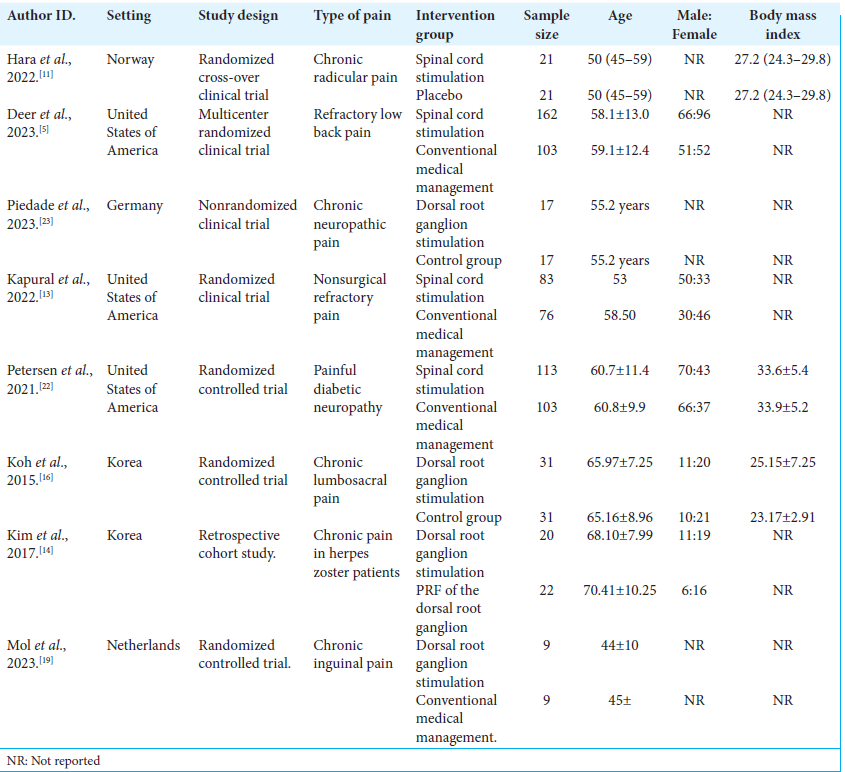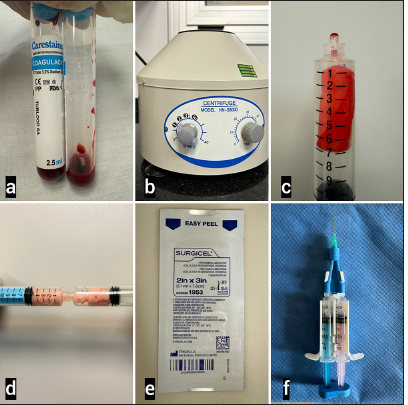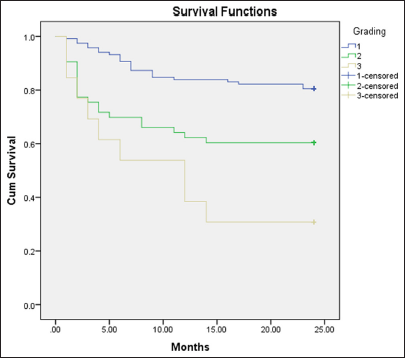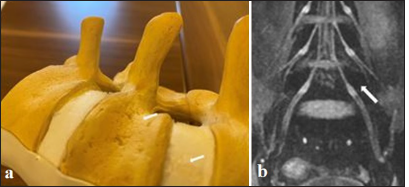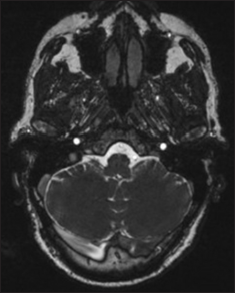A meta-analysis of modern neuro-stimulation modalities-Advances in neuro-stimulation techniques
Date of publication: 25-Apr-2025
BackgroundChronic pain is a debilitating condition that affects about 3% of the population globally. Conventionally, pharmacologic approaches, psychotherapy, and surgery have been used in the management of chronic refractory pain. However, over the past decades, advances in neurotechnology have enabled modern novel techniques of neurostimulation, such as spinal cord stimulation (SCS) and dorsal root ganglion (DRG), to be used in the management of chronic neuropathic pain that does not respond to conventional management. This review, therefore, aims to establish the efficacy of these two novel technologies in the management of chronic neuropathic pain compared to conventional medical management (CMM) techniques.
Efficacy of topical hemostatic agents in neurosurgery: An experimental study in a rat model
Date of publication: 25-Apr-2025
BackgroundFew studies have compared different topical hemostatic agents in live models or brain tissue, and their doses are not standardized. Little is known about the combined use of these different elements in terms of efficacy and safety, especially in neurosurgery. The objective of this study was to evaluate the efficacy of different topic hemostatic agents used in daily neurosurgical practice in an experimental animal model study.
Retrospective analysis of recurrence patterns and clinical outcomes in grade I–III meningiomas after surgery
Date of publication: 25-Apr-2025
BackgroundThe objective of this study was to evaluate the outcomes of meningioma patients with the World Health Organization (WHO) grades I–III who underwent surgical resection and identify factors influencing recurrence and survival.
Percutaneous endoscopic lumbar discectomy for extreme lateral lumbar disc herniation
Date of publication: 25-Apr-2025
BackgroundFar lateral disc herniation (FLDH) constitutes a minor portion of the total discectomy workload for spine surgeons. So far, there is still a debate about the term “extreme lateral,” and in general, it describes the intra - and extraforaminal position of the disc herniation. We present a surgical treated case series in which the disc herniation on the lumbar spine was still ventral of the exiting nerve root far outside of the foramen.
Paradoxical evolution of spheno-orbital meningioma after cessation of progestin treatment
Date of publication: 25-Apr-2025
BackgroundMeningioma is the most frequent primary benign intracranial tumor, with a higher incidence in women. Treatment with progesterone acetates, including cyproterone, nomegestrol, chlormadinone, promegestone, medrogestone, and medroxyprogesterone acetate, has been identified as a risk factor of meningioma, particularly in the anterior and middle cranial fossae. Discontinuation of these treatments often leads to volume stabilization or regression of the tumor.
Cavernous malformation in the lumbar nerve rootlet
Date of publication: 25-Apr-2025
BackgroundIntradural extramedullary (IDEM) cavernomas are rare vascular lesions that sometimes needs surgery. However, there has been little information about the surgical strategy for these lesions.
Glossopharyngeal neuralgia and hypoglossal nerve palsy: A singular clinical case of two rare concomitant neurovascular conflicts
Date of publication: 25-Apr-2025
BackgroundNeurovascular conflict (NVC) is described as a pathological contact between cranial nerves and vessels. Glossopharyngeal neuralgia (GPN) and hypoglossal nerve palsy (HNP) due to NVC represent rare clinical entities. To our knowledge, we present the first reported case of concomitant GPN and HNP caused by vertebral artery (VA)-posterior inferior cerebellar artery (PICA) complex compression.
Fulminant simultaneous multiple dissections of the cervical and vertebral arteries leading to hemorrhagic and ischemic stroke: A case report
Date of publication: 25-Apr-2025
BackgroundIntra-and extracranial artery dissections are uncommon but significant causes of ischemic stroke and subarachnoid hemorrhage (SAH). While individual dissections are well-documented, simultaneous dissections of multiple vessels leading to both hemorrhagic and ischemic strokes are extremely rare.
Recurrence of partially thrombosed superficial temporal artery aneurysm after endovascular trapping: A case report and literature reviews
Date of publication: 25-Apr-2025
BackgroundSuperficial temporal artery (STA) aneurysms are relatively rare diseases, and the treatment approach is based on factors such as the location of the aneurysm, curability, complications, and patient request. However, the detailed outcome of STA aneurysms treated with endovascular surgery remains unknown.
Microsurgical resection of a giant exclusively dopamine- secreting jugular foramen paraganglioma: A case report
Date of publication: 25-Apr-2025
BackgroundTemporal bone paragangliomas are complex pathologies presenting close relationships with many critical neurovascular structures. Exclusively, dopamine-secreting paragangliomas are rare and may present a major hemodynamic challenge during intraoperative and postoperative periods, with great blood pressure lability due to the dose-dependent properties of dopamine. However, preoperative α or β blockage is usually not advised. Microsurgical resection is the treatment of choice; nevertheless, these tumors commonly present with greater size at diagnosis due to their non-specific clinical manifestations.


